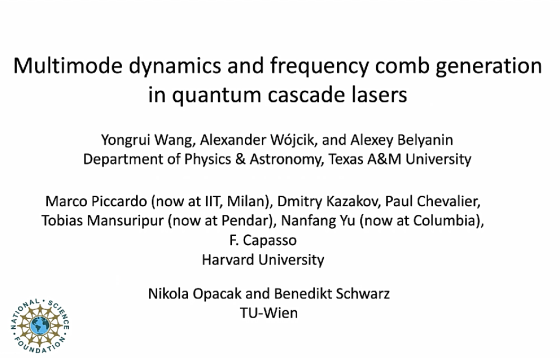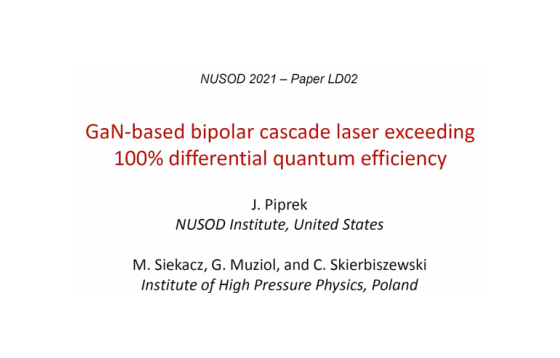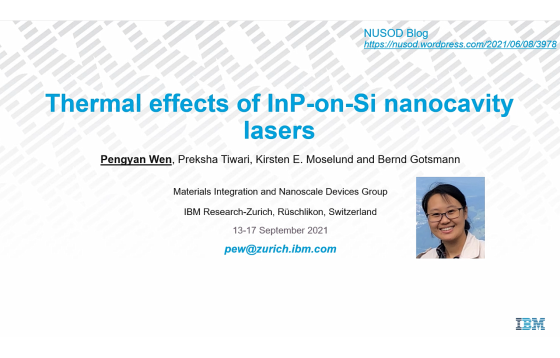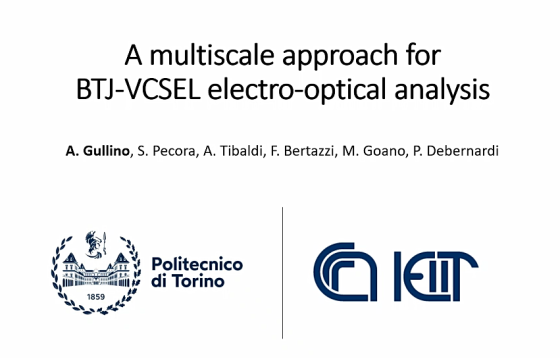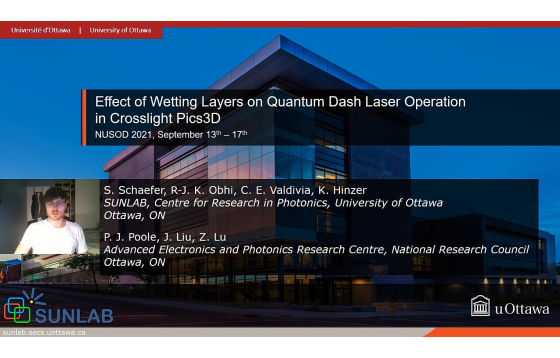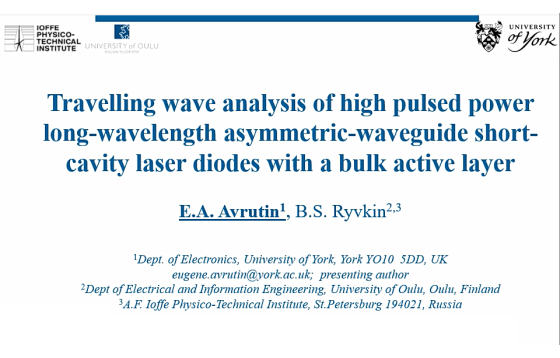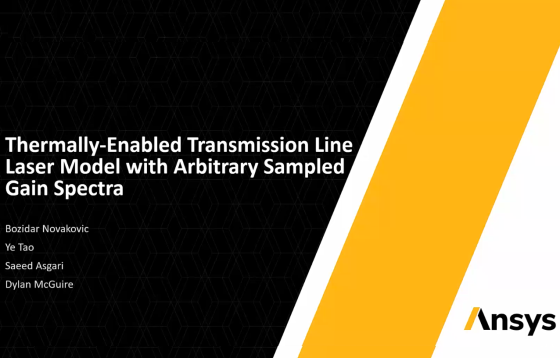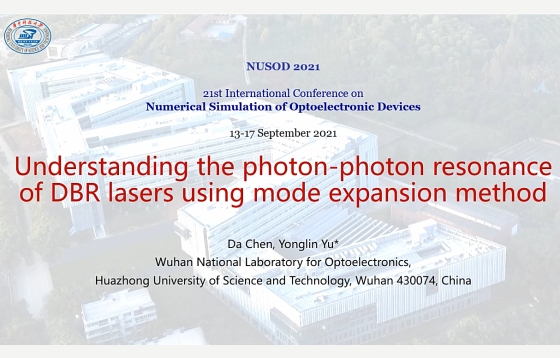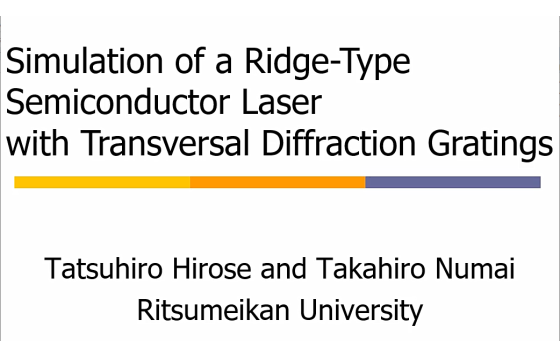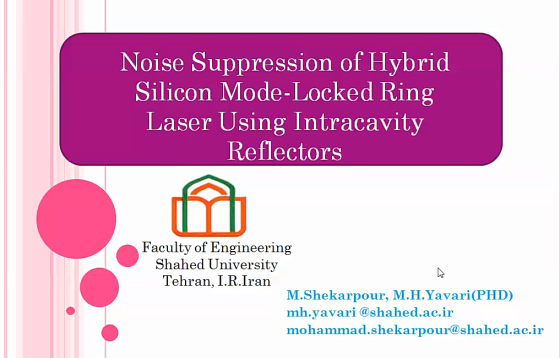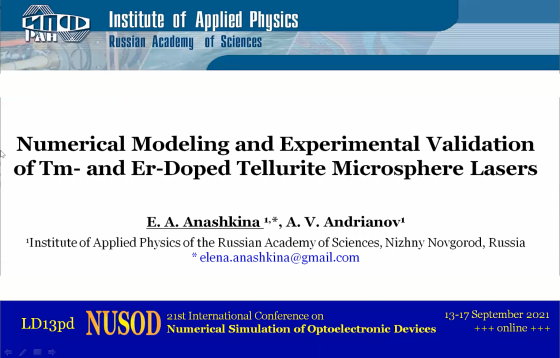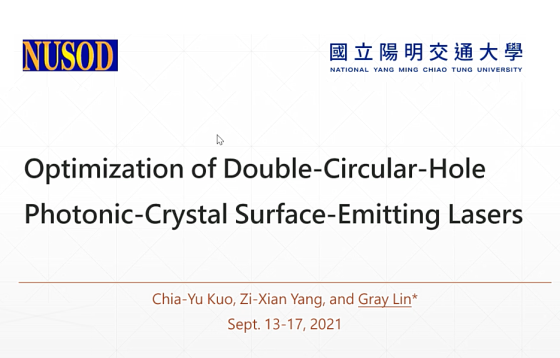LD01–Multimode Dynamics and Frequency Comb Generation in Quantum Cascade Lasers
In this talk I will discuss how resonant light-matter interaction in the gain medium of quantum cascade lasers gives rise to a rich nonlinear multimode dynamics and a variety of phase-locked multimode regimes, most notably optical frequency combs with separation between the comb lines changing from one to many dozen round-trip frequencies. I will review […]




